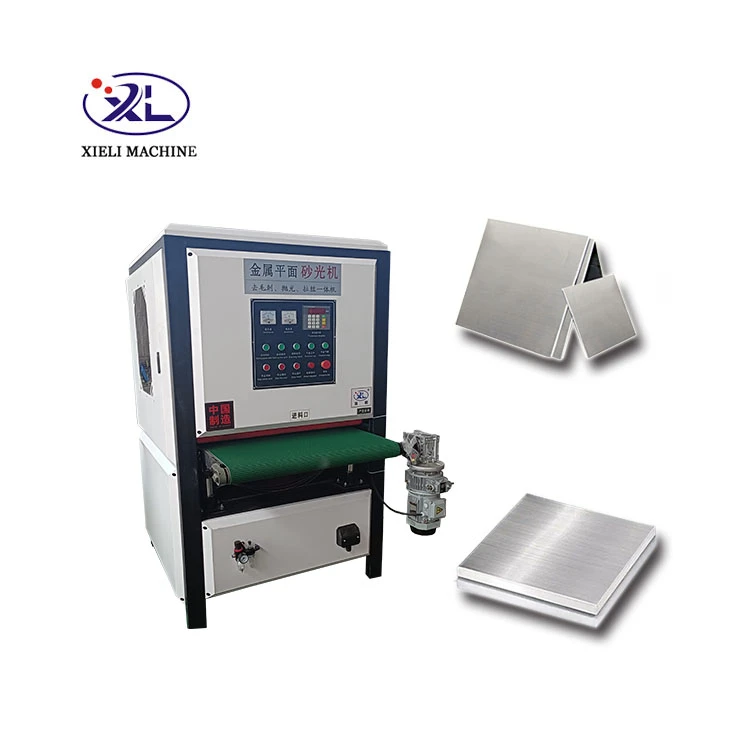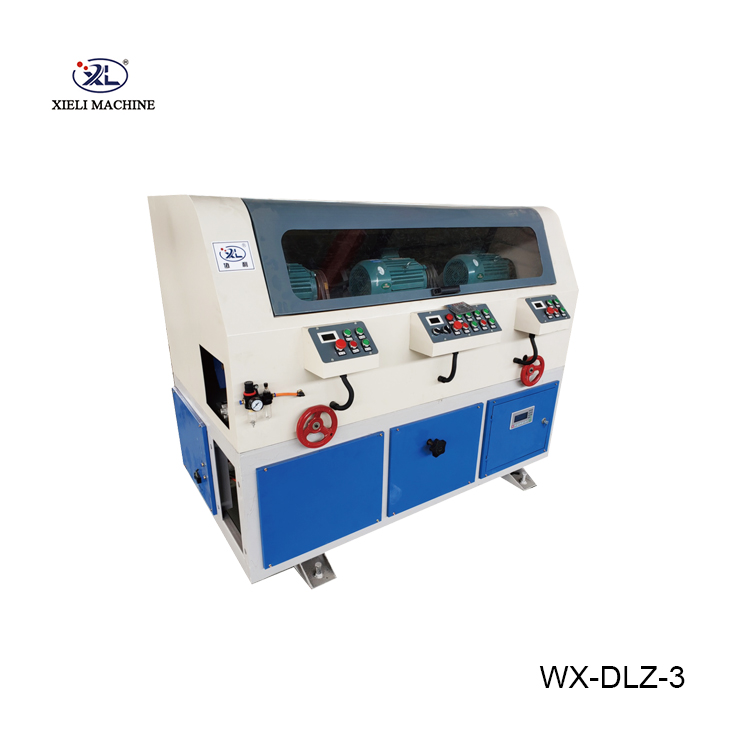Select The Product You Need

Xieli Machinery Metal Plate Flat Grinding Machine Metal Sheet Derusting Polishing Flat Sander Polish Machines

Carbon Steel Pipe Polishing Machine Tube Polisher
Follow Our Blog